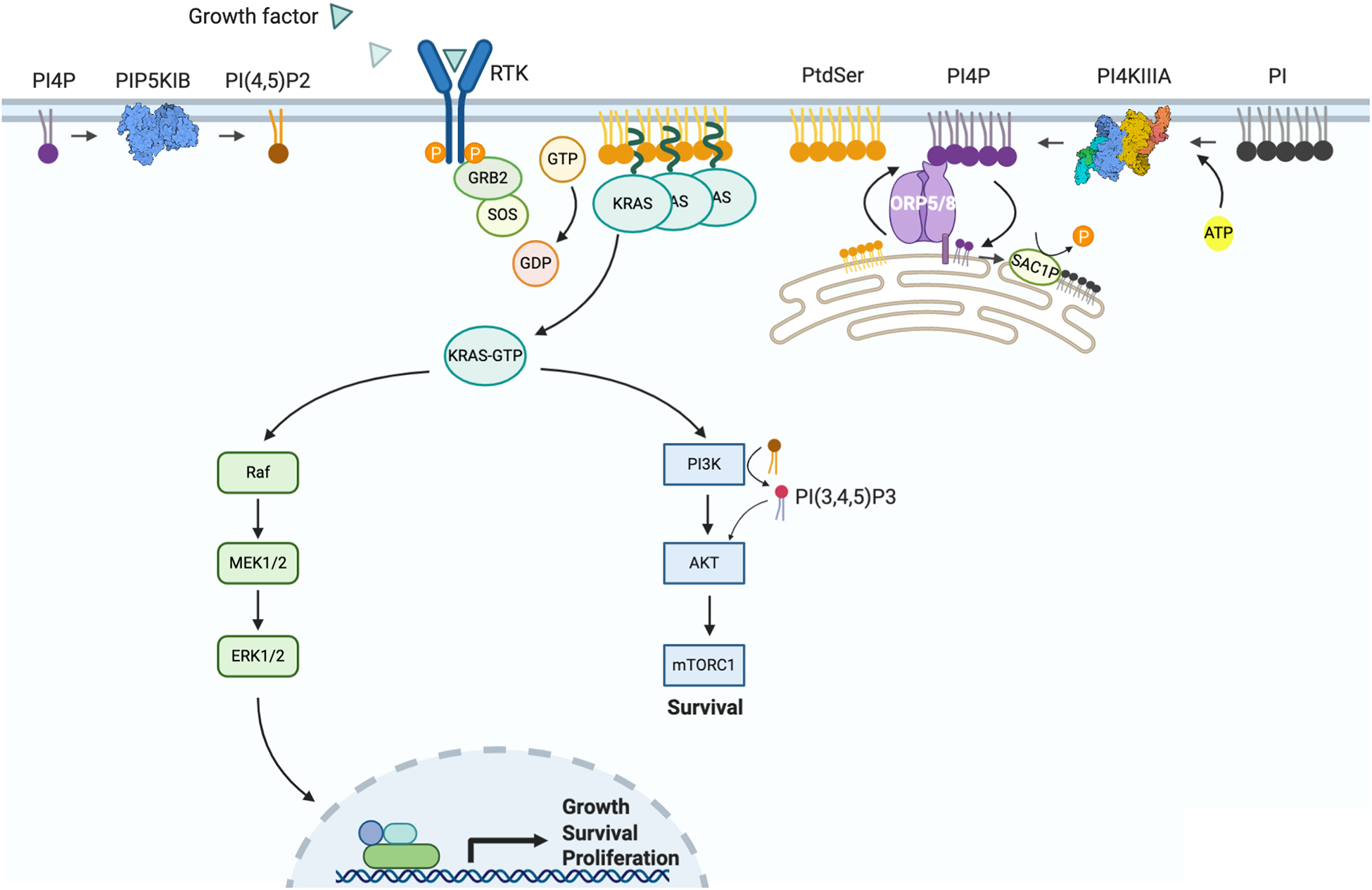Figure 4. ORP5 and ORP8 transport PtdSer to the plasma membrane in exchange for PI4P.

(A) ORP5 and ORP8 are lipid exchangers that transport PtdSer from the ER to the PM where they then bind to and transport PI4P to the ER. PI4P is immediately hydrolyzed to phosphoinositide (PI) by ER-resident SAC1P creating a PI4P concentration gradient that drives the counter transport process. PM PtdSer molecules are critical structural elements of KRAS nanoclusters that act as signaling platforms to activate many pathways, most importantly the RAF-MEK-ERK and PI3K-AKT-mTORC1 pathway which promote cell proliferation and survival. On the PM, PIP5K phosphorylates PI4P to PI(4,5)P2 which can subsequently be phosphorylated to PI(3,4,5)P3 by PI3K leading to the activation of the AKT pathway. ORP5/8: Oxysterol Related Binding Protein 5 and 8; SAC1P: SAC1 Like Phosphatidylinositide Phosphatase; PM, plasma membrane; ER, endoplasmic reticulum; PtdSer, phosphatidylserine; PI4P, phosphatidylinositol 4-phosphate; PI(4,5)P2, phosphatidylinositol-4,5-bisphosphate; PI(3,4,5)P3, phosphatidylinositol-3,4,5-trisphosphate; PI4KIIIA, Phosphatidylinositol 4-kinase III alpha; PIP5K1B, phosphatidylinositol-4-phosphate 5-kinase type 1 Beta; RAF, Rapidly Accelerated Fibrosarcoma; MEK, mitogen-activated protein kinase kinase; ERK, extracellular-signal-regulated kinase; PI3K, phosphoinositide 3-kinase; AKT, also known as protein kinase B (PKB); mTORC1, mammalian target of rapamycin complex 1.
